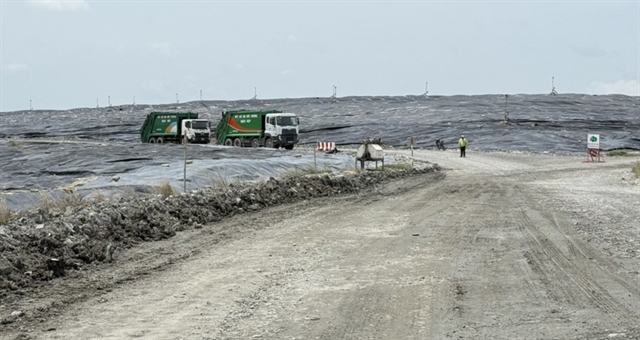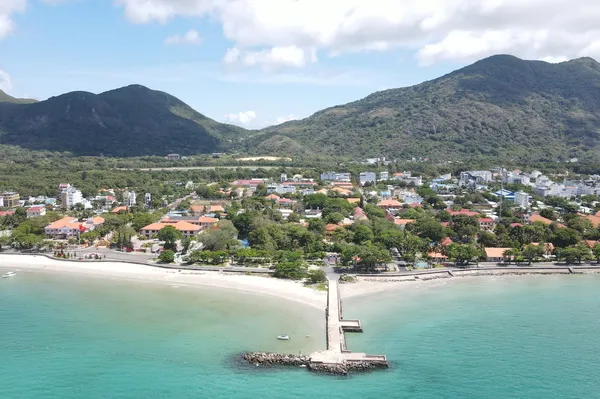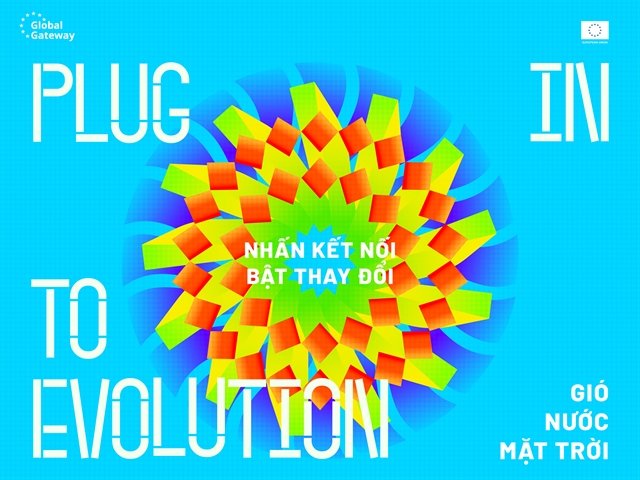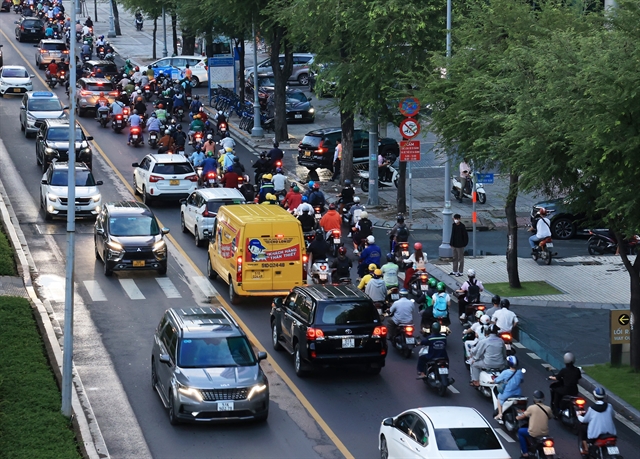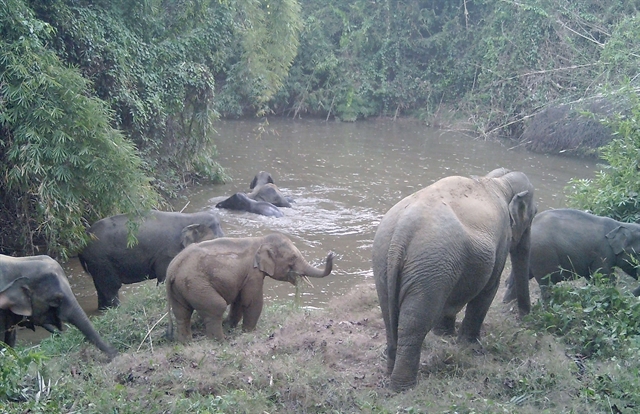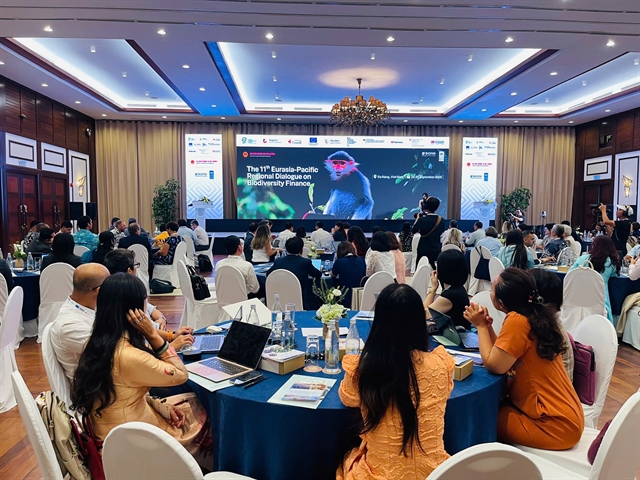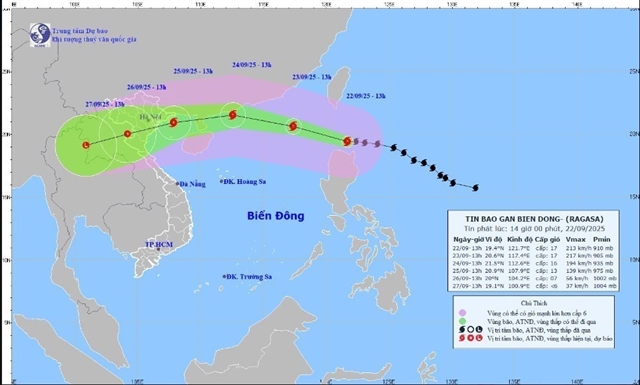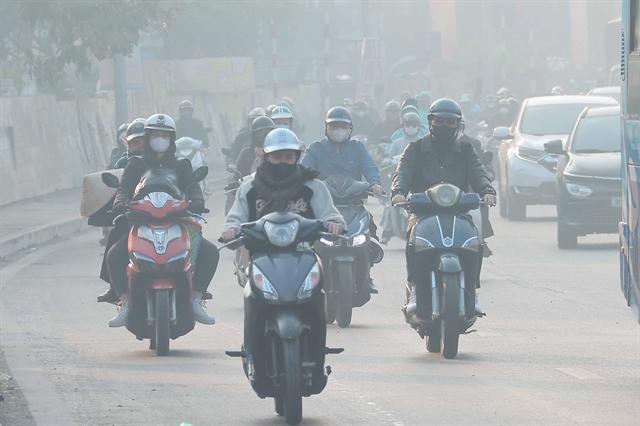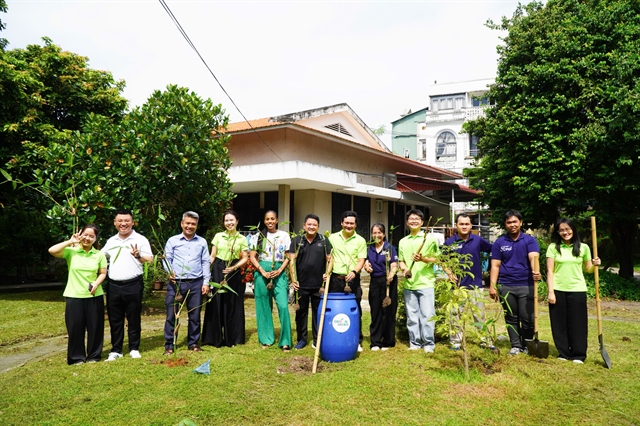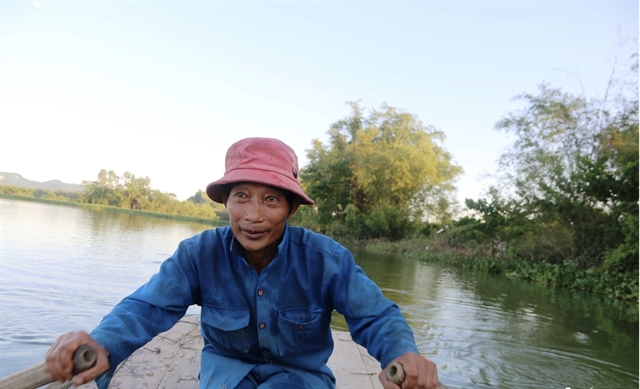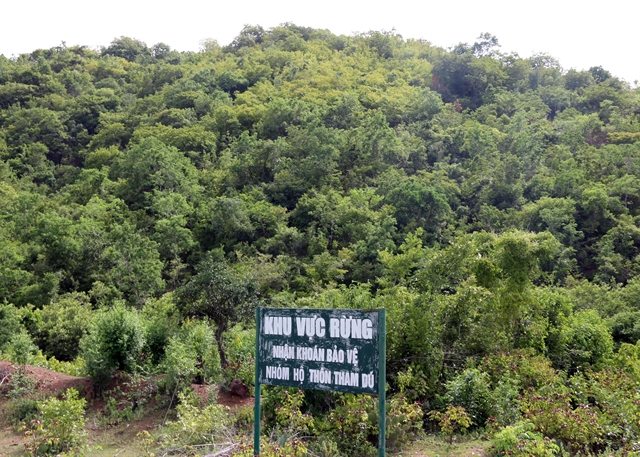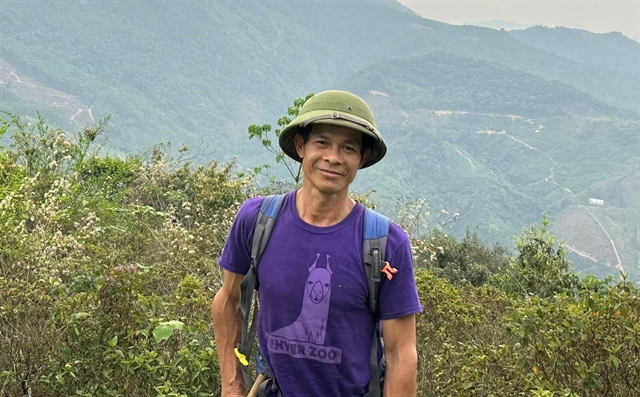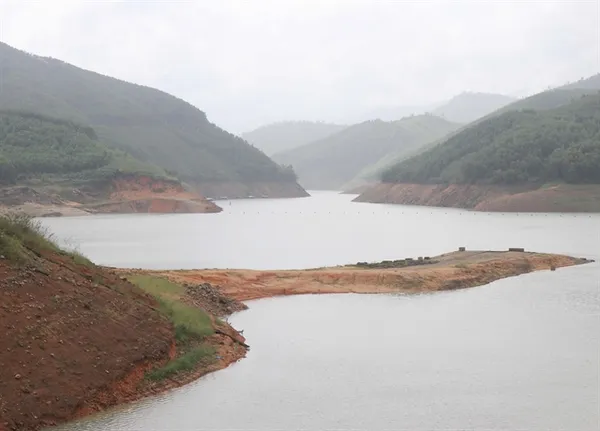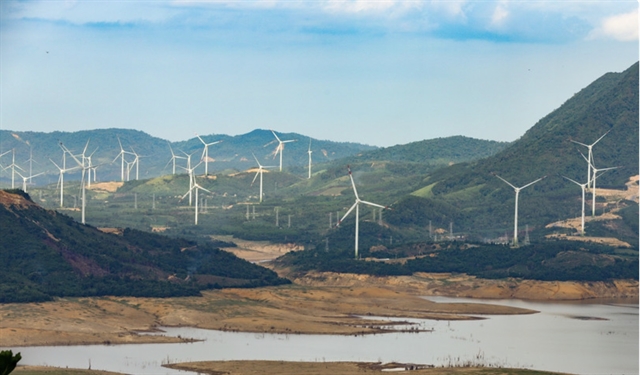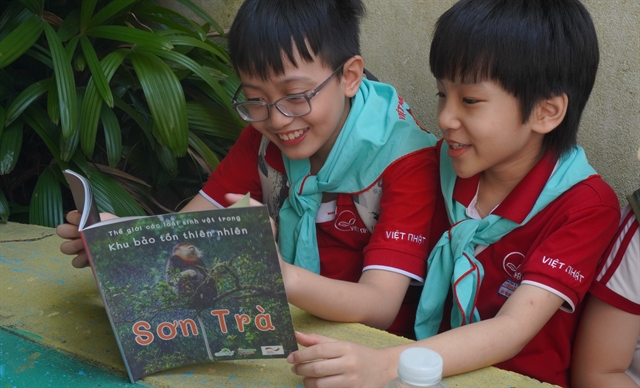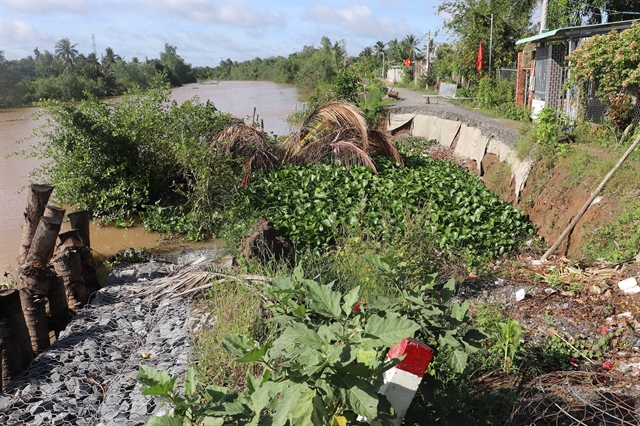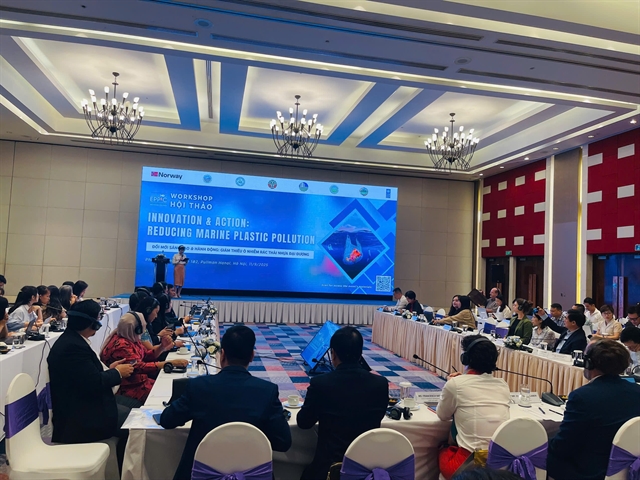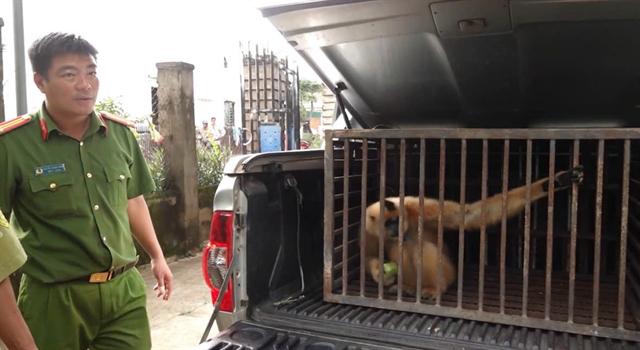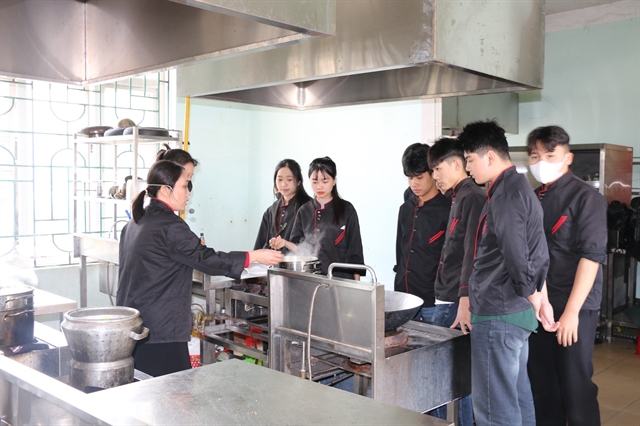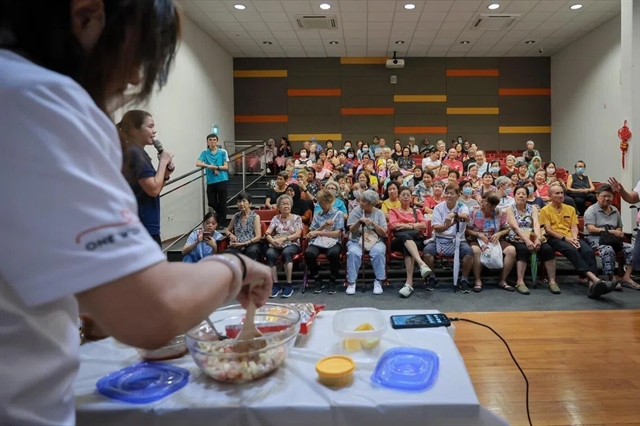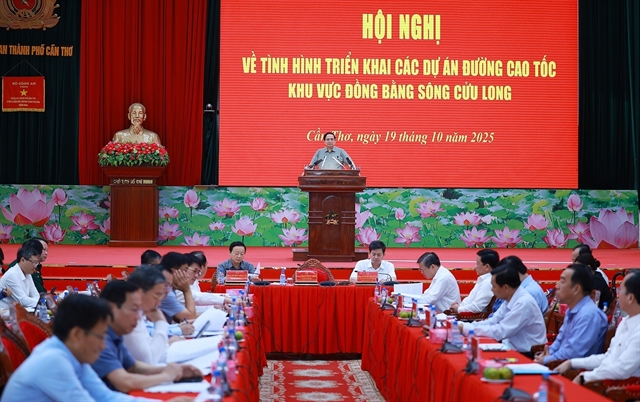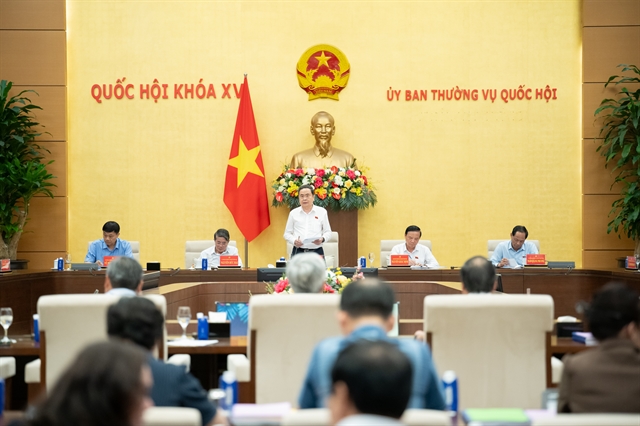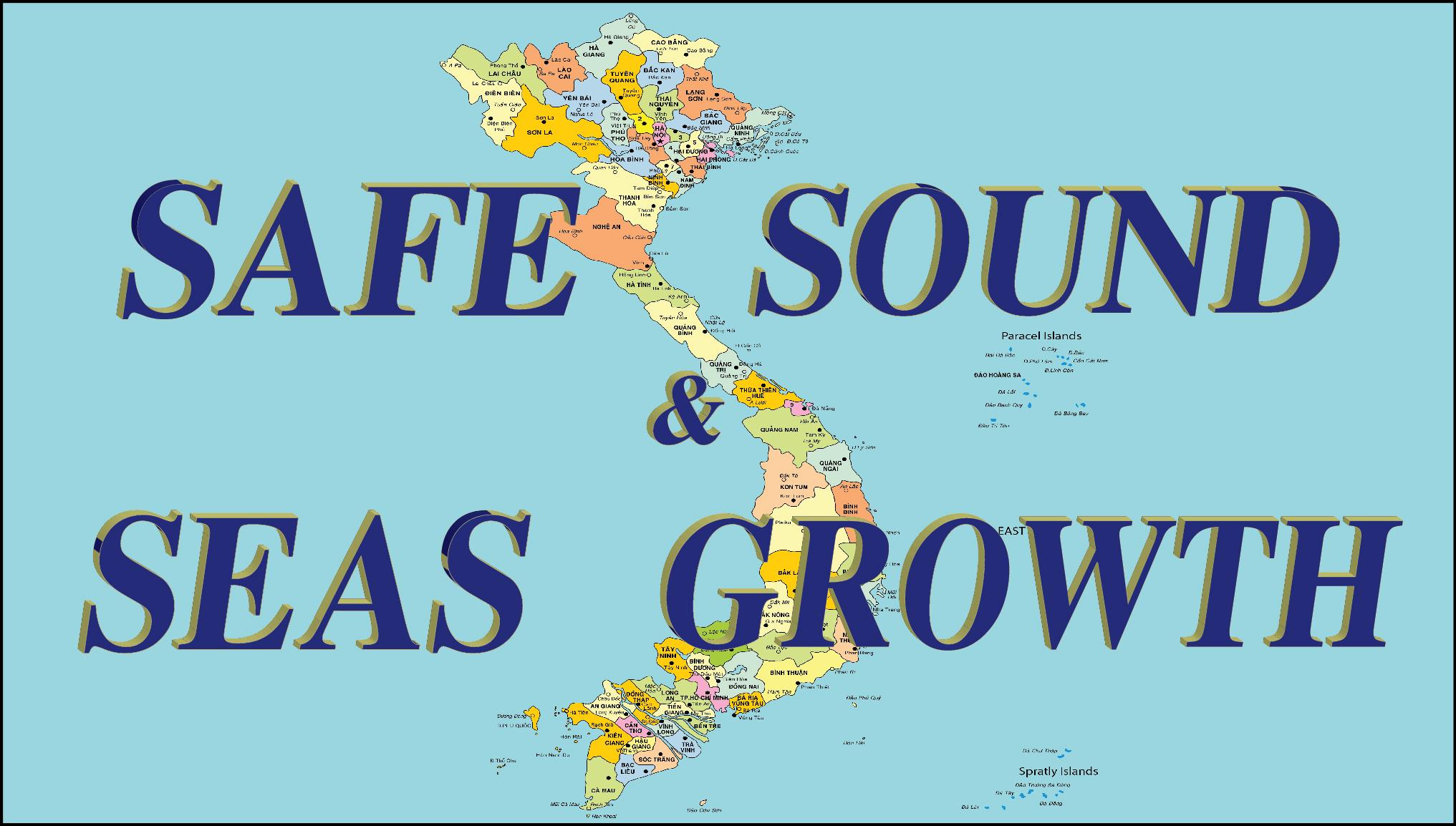
Hà Nội and HCM City have the highest and most frequent levels of air pollution in the country.

Việt Nam now has fewer than 200 wild elephants scattered across several provinces, with the southern province of Đồng Nai being a key area. This figure represents a critical warning for elephant conservation efforts.

The three-day dialogue drew more than 120 biodiversity finance experts and Government representatives from Europe, Asia and the Pacific. It is one of the region’s largest-ever exchanges on biodiversity finance.

Prime Minister Phạm Minh Chính has called on ministries, localities and the armed forces to brace for Typhoon Ragasa, which could potentially make the most destructive landfall in Việt Nam since Typhoon Yagi in 2024.

Air pollution in Việt Nam’s biggest cities is pushing authorities to act. Deputy Director Nguyễn Thị Thiên Phương explains what’s being done and what lies ahead.

The World Bank agreed to purchase an additional 1 million tonnes of CO2 at US$5 million as excess greenhouse gas emission reductions.

The Vietnam Bamboo Foundation in collaboration with SOS Children’s Villages Vietnam and the Vietnam Food Bank Network on Thursday (September 18) officially launched the “Community Bamboo Garden” project at the SOS Children's Village Gò Vấp in HCM City to celebrate World Bamboo Day.

Hà Văn Lâm and his wife Nguyễn Thị Luyện from Gia Phong Commune have worked to preserve the entire area as a home for the birds, voluntarily keeping them safe from hunters.

Khánh Hòa Province is implementing comprehensive measures to improve forest management, planting, tending and protection.

The Tonkin snub-nosed monkey, a wild species found only in Việt Nam, is listed as critically endangered on the world’s Red List. It is also one of the 25 primate species at greatest risk of extinction worldwide.

Rapid socio-economic development has sharply increased demand for water. Over the past five decades, water use has tripled, driven by population growth, agriculture, industry and urbanisation.

In the coming period, Việt Nam aims to cut more than 11 million tonnes of CO₂ equivalent from HFC consumption under the National Plan for managing and phasing out ozone-depleting substances and controlled greenhouse gases for 2024–2045.

GreenViet biologist and manager of the Sơn Trà Nature Education Centre Nguyễn Thị Tịnh said 3,000 copies of the book, which was introduced for the first time in 2020, have been reprinted to provide information about the jungle ecosystem and wildlife in the Sơn Trà Reserve.

The HCM City Department of Agriculture and Environment has begun a comprehensive forest inventory for the 2024-25 period to provide accurate data on forest area, reserves, and carbon stocks to serve both State management and sustainable development goals.

The Mekong Delta province of Đồng Tháp has proposed spending more than VNĐ160 billion (US$6.3 million) to manage riverbank erosion that has affected dozens of communes since early this year.

Integrated ocean and sea management was both a technical tool serving as a key coordinating mechanism to create unity in management and a strategic pillar helping Việt Nam to sustainably exploit the economic potential of the sea, protect the environment and affirm its position as a responsible maritime nation.

The yellow-cheeked gibbon, scientifically named Nomascus gabriellae, belongs to group IB in the list of endangered, precious and rare species according to the Ministry of Agriculture and Environment’s Circular No 27/2025/TT-BNNMT.

Despite soaring volumes of waste and growing demand for recycled materials, Việt Nam continues to send much of its trash to landfill. Policymakers, businesses and communities now face a turning point: rethink waste as a resource or suffer the consequences of inaction.
